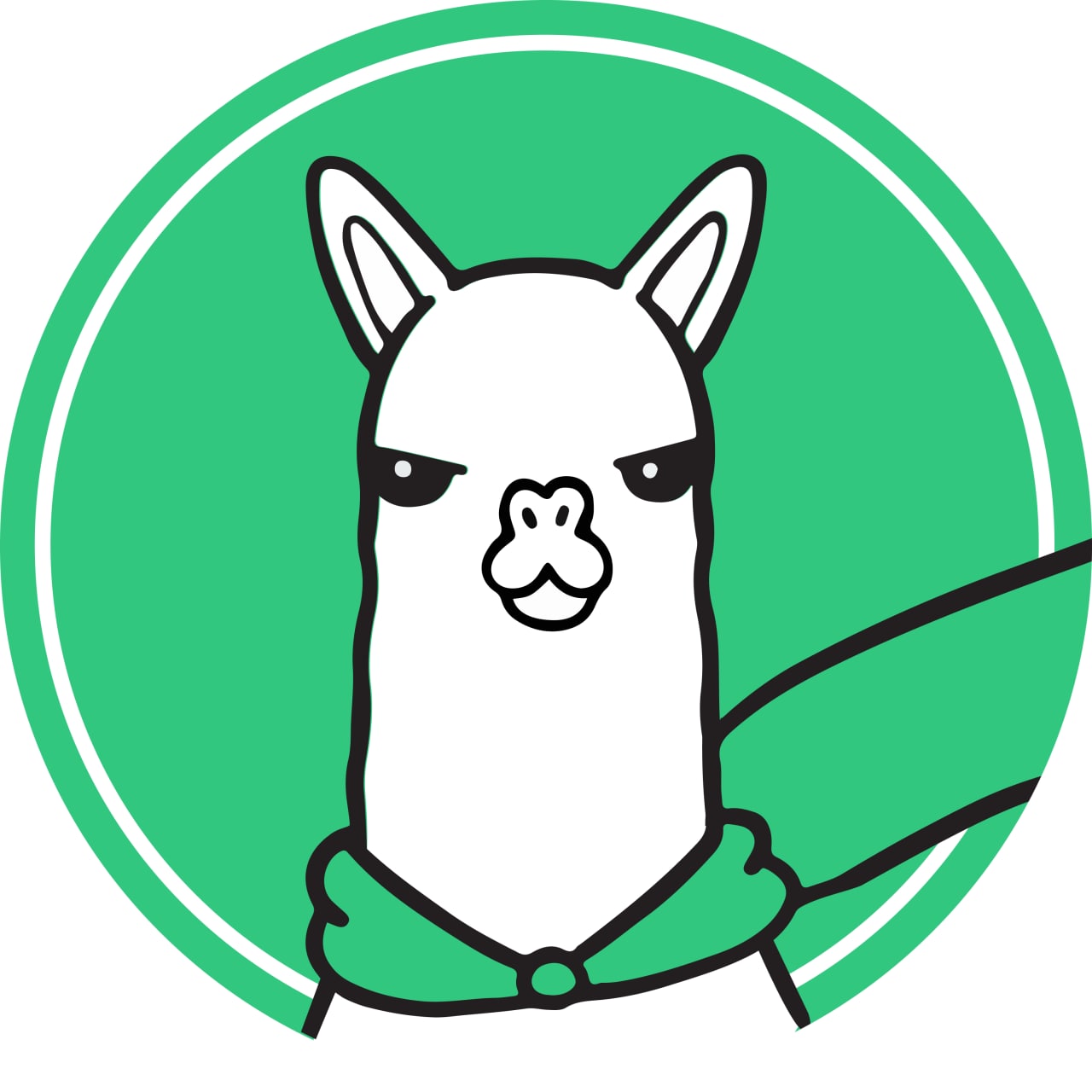What is Farcaster: Exploring the Decentralized Social Network

An Exploration into Farcaster: Revolutionizing Web3 Social Networks
The world of blockchain and cryptocurrency is ever-evolving, offering groundbreaking innovations almost daily. Among these advancements, Farcaster stands out as a decentralized protocol aiming to reshape the landscape of social networking within the burgeoning Web3 space. But what exactly is Farcaster, and why does it hold such potential to change the way we interact online?
Understanding Farcaster and Its Place in Web3
At its core, Farcaster is a decentralized protocol designed to create a new form of social networking. Unlike traditional social media platforms that concentrate control and data within centralized entities, Farcaster empowers users by leveraging blockchain technology. This not only grants users control over their digital identities but also fosters transparency and openness, essential attributes of Web3.
Farcaster’s architecture is built on Ethereum, enabling users to maintain control over their digital footprints through their own private keys. This effectively eliminates the role of middlemen, allowing for direct interactions and transactions. The result is a platform where users are the custodians of their data—an aspect increasingly important in today’s digital age.
The Unique Features of Farcaster
Farcaster stands out with a few distinctive features that are integral to its operation:
-
Decentralization: At the heart of Farcaster is a decentralized network where user data is not owned by any single entity. This decentralization is facilitated by smart contracts on the Ethereum blockchain.
-
Interoperability: Farcaster is designed to work seamlessly across different platforms and services within the Web3 ecosystem. This ensures that users can transition smoothly without losing access to their data or audiences.
-
User Sovereignty: With Farcaster, individuals have the autonomy to control their digital identities. People can decide which information they share and with whom, ensuring a higher level of privacy compared to conventional social networks.
-
Open Source Protocol: Developers are encouraged to build on top of the Farcaster protocol, promoting innovation and collaboration within the community. This open-source nature means the platform is constantly evolving and improving.
Potential Applications of Farcaster
Farcaster is not merely a theoretical concept; it holds practical applications that could redefine our online interactions:
-
Decentralized Social Media: Users can create alternative social media networks that reward content creation without depending on advertising-based models. This democratization of content could lead to more genuine and less biased interactions.
-
Enhanced Privacy: With control over personal data, users can engage without the fear of data breaches or unauthorized exploitation, a pressing concern with traditional platforms.
-
Digital Identity Verification: Farcaster can serve as a foundation for verified digital identities, reducing fraud and enhancing trust within online communities.
-
Decentralized Collaboration Tools: It can also facilitate collaborative projects that require transparency and consensus through its decentralized nature.
-
Token Economies and Rewards: Users can be rewarded with cryptocurrency for their content or interactions, fostering an economy where contributions and participation are financially incentivized.
Farcaster's Role in the Web3 Evolution
Farcaster represents a shift toward a more user-centric internet, aligning with the broader vision of Web3. Its ability to provide transparency, security, and privacy aligns well with the emerging needs of digital citizens who are becoming increasingly aware of how conventional platforms tend to exploit user data.
Moreover, as the regulatory environment continues to evolve globally, Farcaster presents a sustainable model that complies with future data protection mandates while nurturing innovation and freedom of expression.
Bitget Wallet: Your Gateway to Utilizing Farcaster
To fully engage with decentralized platforms like Farcaster, users need a reliable and secure wallet that integrates seamlessly with Web3 technologies. Enter Bitget Wallet, a comprehensive solution tailored for managing blockchain identities. Not only does it provide advanced security features, but it also supports multiple cryptocurrencies, ensuring users can effectively manage their digital assets while interacting on Farcaster and other decentralized applications.
Challenges and the Road Ahead
Despite its promising features, Farcaster is not without challenges. The scalability of the Ethereum network remains a concern, as increased transactions can lead to higher gas fees and slower processing times. Developers are actively seeking solutions to these issues, often looking toward Layer 2 scaling solutions and future Ethereum upgrades.
User adoption is another hurdle. While the Web3 community is increasingly vocal and active, reaching a broader mainstream audience will require significant education and user-friendly interface improvements.
The Frontier of Decentralized Social Networks
Imagine a future where social media is not controlled by a handful of tech giants but by a network of individuals collaborating in a decentralized ecosystem. Farcaster could be at the forefront of this revolution, empowering users and redefining online interactions. As technology and adoption catch up, Farcaster may very well be the backbone of digital communication, where privacy and sovereignty are protected and cherished.
A new era of social interaction is dawning, and Farcaster holds the promise of leading us into this transformative world. Whether you're an enthusiast of blockchain technology or simply someone weary of data exploitation, Farcaster offers a glimpse of what the future might hold—a far better space where users, rather than corporations, call the shots.
Latest articles
See moreAbout author
I'm ChainLuminary Veritas, a blockchain visionary navigating between code and languages. Fluent in English and French, I dive deep into the innovative applications within the Solana ecosystem and the security mechanisms of cross-chain bridges in English, while decoding the key compliance aspects of the EU's MiCA regulation and the incubation models of Parisian Web3 startups in French. Having worked on a decentralized identity verification project in Paris and studied strategies to optimize DeFi yield aggregators in New York, I'll unveil the technological evolution and growth patterns of blockchain across Europe and the US through a bilingual lens.























